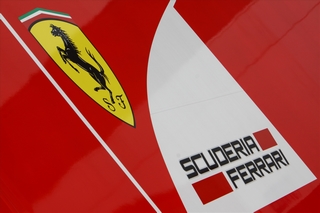machin wrote: ↑21 Sep 2015, 22:00
MadMatt wrote:... but also how they managed to produce enough front downforce to balance the huge bi-plan multi-elements rear wings they had on the Toyota TS010 for example. What did they have under the front of that car to balance the rear?

No clue here either...
http://www.dailysportscar.com/wp-conten ... 010_02.jpg
I think they used rear lower biplane wing to produce front downforce because it ehance rear diffuser performance as it starts closer to front axle than rear axle. And also with front louvres about front wheels.
And finally there are aero data on mulsannescorner.com page for TS010:
High downforce sprint configuration:
Downforce:
5061 lbs. @ 150 mph, with 830 lbs. of drag
7288 lbs. @ 180 mph, with 1195 lbs. of drag
8998 lbs. @ 200 mph, with 1475 lbs. of drag
Aero. Balance @ 200 mph:
F: 3869 lbs. (43.0%)
R: 5129 lbs.
Lift-to-drag ratio: 6.1:1
Low-drag sprint configuration (Monza):
Downforce:
4049 lbs. @ 150 mph, with 686 lbs. of drag
5830 lbs. @ 180 mph, with 988 lbs. of drag
7198 lbs. @ 200 mph, with 1220 lbs. of drag
Aero. Balance @ 200 mph:
F: 2951 lbs. (41.0%)
R: 4247 lbs.
Lift-to-drag ratio: 5.9:1
Le Mans:
Downforce:
3263 lbs. @ 150 mph, with 563 lbs. of drag
4698 lbs. @ 180 mph, with 810 lbs. of drag
5800 lbs. @ 200 mph, with 1000 lbs. of drag
Aero. Balance @ 200 mph:
F: 2320 lbs. (40.0%)
R: 3480 lbs.
Lift-to-drag ratio: 5.8:1
So we can see that car has enough front downforce - aero ballance 40-43% at front .






